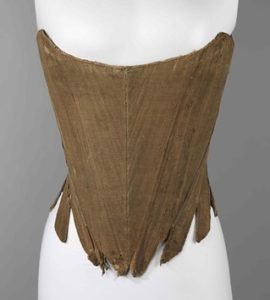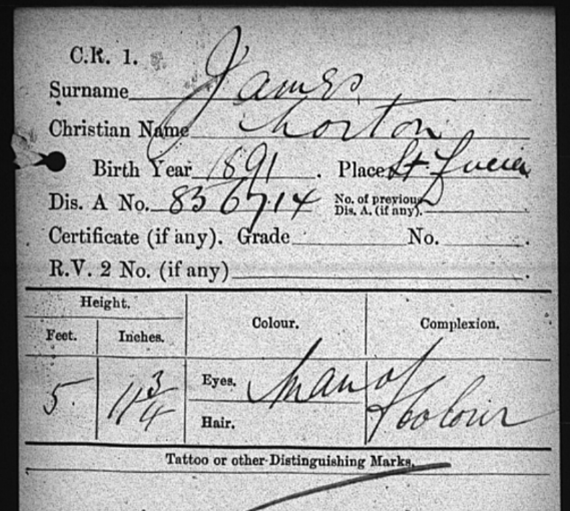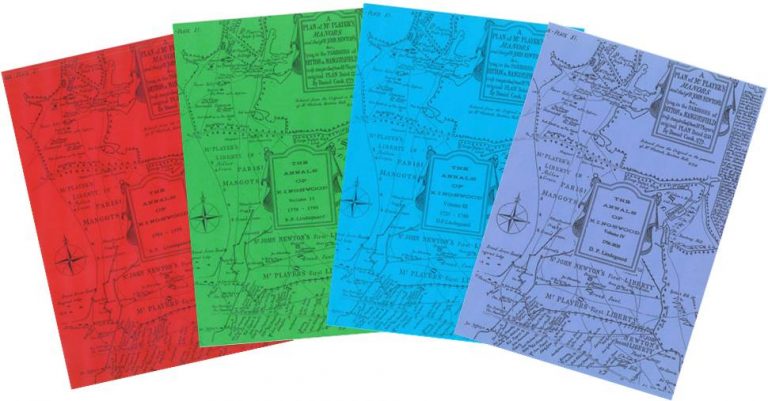
I have just come across a report of 24 October 1791 which I copied in pencil possibly 20 or 30 years ago. I was drawn to it, but not necessarily for the crime itself – which is as old as the hills. A lone woman might be considered “fair game” in any century, but it is rare that ‘the shining knight in armour’ who came to the rescue was black, at a time when a man of colour would more usually be portrayed in a negative light, either criminal, or as a figure of fun. When the piece was written it was considered polite to call a black man ‘a negro’, which can be forgiven when you consider some of the alternatives available.
“From the deposition of a woman taken before Rev Dr Small it appears the following attack was made last Tuesday evening as she passed through the Rope Walk near College Green, a man solicited her permission to see her safe, which she objected to, when the fellow struck her with an instrument which her stays prevented hurting her much. The wretch finding his barbarity defeated gave a loud whistle and was immediately joined by another villain, who knocked her down and kneeling at her side, desired his companion to “to do for her!” but a negro man approaching caused them to desist when they made their escape over the ditch and went off towards the River.”
It is unfortunate that neither the woman nor the hero of the hour, who risked being beaten up at the very least – is named.
As with most newspaper items, a picture emerges from obscurity. A worse attack foiled by the woman’s ‘stays’, a stiff undergarment, the boned forerunner of bras or corsets!

Courtesy of https://blog.americanduchess.com/2016/05/18th-century-stays-who-what-when-where.html
And that she was walking through “The Rope Walk”! I have come across several Rope Walks during my travels in Bristol history, even the smattering of local pubs with the name. I can’t believe I never thought to consider what a ropewalk was. If pressed I would have suggested some kind of rope bridge across which the citizens picked a precarious way. Well, sort of. A narrow walkway with rope handrails. That’s one definition. My late aunt often proudly said “I try to learn something new every day.” I am older now than she was then, but I’ve always tried to emulate her sound advice. So, dear Pem, this is my offering for today:
“A Rope Walk is a straight, narrow piece of land or lane, open or covered, where long strands were laid out before being twisted into rope.”
And here are a couple of added gems. Rope was essential for sailing ships. HMS Victory needed 31 miles (50km) of rope. The name of Hamburg’s famous Reeperbahn translates as Rope Walk. Hey ho. Who knew?
I am aware of much more from the learned article, in B.I.A.S. no. 10, 1977, reproduced online, for which many thanks, which includes the picture above:
https://b-i-a-s.org.uk/wp-content/uploads/2021/01/BIAS_Journal10_ROPEWALKS_AND_ROPEMAKERS.pdf
Note: I believe that the scribbled report of 1791 came from ‘The Times’ but there may be something similar in ‘Bonner & Middleton’, ‘Felix Farley’ or one of the other Bristol Journals at the Reference Library. I regret I was once less meticulous about sources; I simply noted anything which interested me.
For more on Black Bristolians see this link.










Leave a Comment